There is a dynamic relationship between identity, community, and grace-awakened values, which, if they are authentic, are universal and without regard to nation, tribe, gender, race, or religion. In other words, God’s love is for all, wisdom is without prejudice, and justice properly wears a blindfold when she weighs deeds. The Passover moment is as an example of how the specific group in which one lives can and should be used to expand one’s circle of compassion. Tribalism is a distortion of God’s grace. The expanded heart alone is capable of knowing a reflection of the Unlimited Heart of God’s love for all.

Jewish Community Festival, Downtown Park, Bellevue, Washington. “Jew-ish.com” and Seattle Kollel booths. (Photo credit: Wikipedia)
Being Jewish and being part of the Jewish community can be a blessing or a curse. If being part of a community helps develop compassion for others, a sense of being loved, and expands one’s capacity to serve others, then it is surely a blessing to be in such a community. If being anything increases one’s capacity to experience God’s qualities and to share them then that too is a blessing. If being part of anything gives one a sense of arrogance then developing wisdom will be thwarted and authentic understanding of one’s relationship to God as well as one’s fellow human beings will he occluded. Liberation from any identity that separates one from one’s fellow human beings and God is necessary for authentic peace. Commitment to caring for others is a prerequisite for spiritual and psychological growth. Whatever identity one receives from birth or choice will have value based on these principles.
Rights, rituals and practices can deepen one’s sense of gratitude and appreciation for all lives.
For example, Passover can be experienced as liberation theology at its best. It is about social justice, freedom from slavery, crime and punishment, patience and fortitude, courage and God’s grace. It is also about overcoming the Pharaoh of egoism with faith. It is a multilevel source of inspiration for those who participate in its dimensions of family, community, teaching, and eating.
It is for many an affirmation of the intervention in history of God on behalf of a people God protected and to whom He revealed Himself. It can awaken gratitude for being a descendent of those people and not being a slave today. It can create a sense of duty to help free others. It can inspire to uplift us to a clearer awareness of the presence of the sacred. It can help us remember God.
It can create a distorted sense of identity. It can make one think that based on blood one is closer to God than others. One might ask: Is being a Jew a necessary part of being close to God? Only a fool would think so. One might also ask: Does being Jew distance oneself form God. Only a fool would think that. So, if you are a fool, stop reading, otherwise, join me in these reflections.
A heart filled with compassion and a life lived from that place of goodness where the presence of God is remembered will do just fine. So, then the question is what value is there in being part of a community, like a several thousand years history of stories about that community’s relationship with the mystery of life we inadequately call God. It could be good and it could be bad.
Good includes being accountable to people who know and love you. Bad includes thinking that by virtue of being part of that community, or tribe, you are specially blessed and better than anyone else anywhere. Good includes gratitude for the teaching that God is with us and One with all. Bad if that teaching makes one feel different from any of God’s other human creations.
Compassion does not have a boundary of blood, religion, race, caste or gender. It resonates like the circles from a pebble in a pond from the center of the heart where the intention to honor the lives of others and God’s sacred gift awakens when the pebble of that purity descends into the human heart.
So, here are few thoughts for your thinking:
Why do we need a tribe when the message is love and unity with and for all? Is not our God the One God of the one human family and is not the calling of those who accept the calling to love and serve all? Of course, and is that realization not a liberation from the slavery of egoism formed of separation from the overwhelming blessing of the oneness of life’s bounty? The ego mind that identifies with all that we cannot posses forgets what we can really receive, the radiance of the soul.
Crossing over the sea of blood ties into the open space of wisdom:
~And This Too~
love without action is
hollow
action without love is
dangerous
love with action
that’s
plenitude
each breath, deep love in action
each thought, deep love in action
each moment, deep love in action
Deep Awake
where gratitude lives,
salt changes to sugar
tears of sorrow, sadness and separation
changing to
tears of joy, love and union
a mere whisper of the grace of deep awake,
listen carefully
this whisper is a thunder of healing light
oh may God’s resonance be known.
in love’s way of peace
Jonathan Granoff is president of the Global Security Institute and reachable at granoff@gsinstitute.org.
– From Tikkun Special Seder Messages for Passover
+++
Related articles
- Queer Passover Seder Helped Me Reclaim Judaism (blogs.forward.com)
At the time, it didn’t occur to me to be offended or concerned that I was being circled by the cheerleaders and other popular girls who held hands, bowed their heads and prayed for my soul. They were part of “Christian Life” at my high school in Olympia, Washington. I recall several instances when they earnestly attempted to save me from eternal damnation. I didn’t refuse their efforts or consider the implications of their actions. I just wanted to fit in.I grew up Jewish in the Pacific Northwest. But not in a religiously observant family, or a proud intellectual family, or a family of labor organizers who taught me early and often never to cross a picket line. My family was on the fast track to assimilation, and by high school, being Jewish was simply a reminder that I was an outsider.By the time I was in my late twenties, I was reeling from a spiritual crisis. A decade of organizing and social change work had left me feeling hopeless and burned out.
- What Passover Means to Young Adults (ejewishphilanthropy.com)
Passover is a unique moment. As we learn every year from the hundreds of Birthright Israel alumni who host Seders for their friends through NEXT’s Passover initiative, the holiday provides young adults with a whole new space in which to explore identity, experiment with tradition, and build community.What moves and motivates these young adults to create their own Passover experiences, and what can we learn from their stories? We dug through a trove of qualitative data contained in hosts’ post-Seder surveys to find out. Their stories illuminated important lessons and questions for the entire field of engagement. - This Passover (danielswearingen.wordpress.com)
You tell me to look outside me this Passover, to actualize an infinite need. It seems strange, you asking me for holiness, for blessing a harvest, you of oneness, the lock of my key. - RAC Blog: A Fifth Cup ??? Going Beyond What is Required (blogs.rj.org)
Today, as many of us are busy preparing for Passover, I find myself less occupied by the meticulous aspect of the holiday’s demanded mitzvot, but searching instead for ways to supplement the narrative and to find meaning in a modern context. I commend those who find deep meaning in cleaning out their kitchens and sterilizing their homes, making sure that all leavening ceases at the 18-minute mark and [in the Ashkenazi tradition] nothing that could resemble wheat flour – such as legumes – will be consumed during Passover. However, I would like to offer an additional perspective on Passover by suggesting some meaningful ways to supplement the seder.Zionism and living in Israel were the answers to my search for Jewish identity, and to me, Passover became a holiday of peoplehood. The central narrative became the one that we clearly state after we sing “Dayenu,” that B’khol Dor VaDor: “In every generation we must see ourselves as if we went out from Egypt.” In the traditional Haggadah this statement is followed by a biblical and liturgical reading.
- The Evolution Of Passover – Past To Present (jewishengagement.wordpress.com)
Passover (Pesach in Hebrew) is the most widely celebrated Jewish Holiday. It begins on the 15th of the Hebrew month of Nisan and lasts for either seven or eight days depending upon location and religious orientation. In Israel, all sects of Judaism celebrate Passover for seven days with one Seder (Passover ritual feast and in Hebrew means “order”) on the first night, while in the Diaspora (communities outside of Israel), traditional Jews celebrate it for eight days with two Seders held on both the first and second nights. This year Passover will commence at sundown on Monday, April 14th with the first full day celebrated on Tuesday the 15th. Passover is a Biblical Holiday, which commemorates the story of the Exodus—G-d freeing the Israelites from Egyptian slavery and bondage; establishing the Covenant with them as a people not just as individuals as in the past e.g. Abraham, Isaac and Jacob; and in turn creating the beginning of our sacred history as a Jewish Nation. - The Worm Moon- Nisan 14, and Happy Passover (ireport.cnn.com)
“Passover commences on the 15th of the Hebrew month of Nisan.
In Judaism, a “day” commences from dusk to dusk, thus the first day of Passover only begins after dusk of the 14th of Nisan and ends at dusk of the 15th day of the month of Nisan.
+
Passover is a joyous holiday, celebrating the freedom of the Jewish people.
http://www.policymic.com/articles/31025/passover-2013-5-things-to-know-about-the-jewish-holiday - Taking Passover Back to Its Roots (algemeiner.com)
the 14th of the Hebrew month of Nissan, they’ll wait for the kids to recite Mah Nishtana, the four questions; pucker up to inhale the bitter herbs; relish the sweet Charoset; dip herbs in salt water; sing rousing renditions of Dayenu and Chad Gadya; and knock back four cups of wine.But none of these rituals are part of the Passover observance of Israel’s Karaite and Samaritan believers, who observe the biblically mandated holiday in quite a different way. - Review: Two Messianic Passover Haggadoth (messianic613.wordpress.com)
There’s no lack of Passover Haggadoth for Messianics. The best known are perhaps The Messianic Passover Haggadah by Barry & Steffi Rubin, and the more recent Vine of David Haggadah published by FFOZ. [1] There are many more, especially in internet editions. Some show a beautiful lay-out and are richly illustrated. There seems to be enough material available for all styles and tastes.To our taste, however, the materials offered thus far show many liturgical defects and inconveniences. Despite many serious efforts that have been made we haven’t seen a messianic Haggadah which successfully and convincingly integrates the traditional Jewish and the typical messianic features of the Seder. It is our perception that the difficulty of doing so is often underestimated, and that authors and editors are not sufficiently aware of the decisions involved in such a project, or the halachic and theological problems connected to these decisions.
- Passover: A Time To Remember (jacksonandrew.com)
The basis for a Christian interpretation of the first of the Seven Festivals as the decisive component in God’s plan for redemption pivots upon the identification of Jesus with the paschal lamb (Ross 2002, 409). There are, in fact, strong associations between Jesus and the Passover lamb in both the Old and the New Testaments. Centuries before the Crucifixion of Jesus, the prophet Isaiah declared that the when the future Messiah appeared, he would be “led like a lamb to slaughter.” (Isa 53:7). As John the Baptist saw Jesus approaching him he proclaimed: “Look, the Lamb of God, who takes away the sin of the world!” (John 1:29). Similarly, Peter described Jesus as the spotless Lamb of God (1 Pet 1:18-20). According to Augustine of Hippo, “The true point and purpose of the Jewish Passover . . . was to provide a prophetic pre-enactment of the death of Christ” (Rotelle 1995, 6:186).And not only has Passover been connected to the death of Christ, but also to the Lord’s Supper, which is also obviously a symbolic pre-enactment of Christ’s death as well as an re-enactment celebrated by the Church since that time. After Jesus’ sacrifice, Paul assured the early Christian community at Corinth that they have been saved “for Christ, our Passover lamb has been sacrificed” (1 Cor 5:7). Of course, the context of this passage points to the man who is living in persistent sin and thus not being allowed to receive the Lord’s Supper. Cyprian of Carthage also connected Passover to the Lord’s Supper and to the root, being the unity of the church (Baillie 1953, 129).








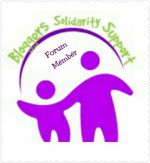






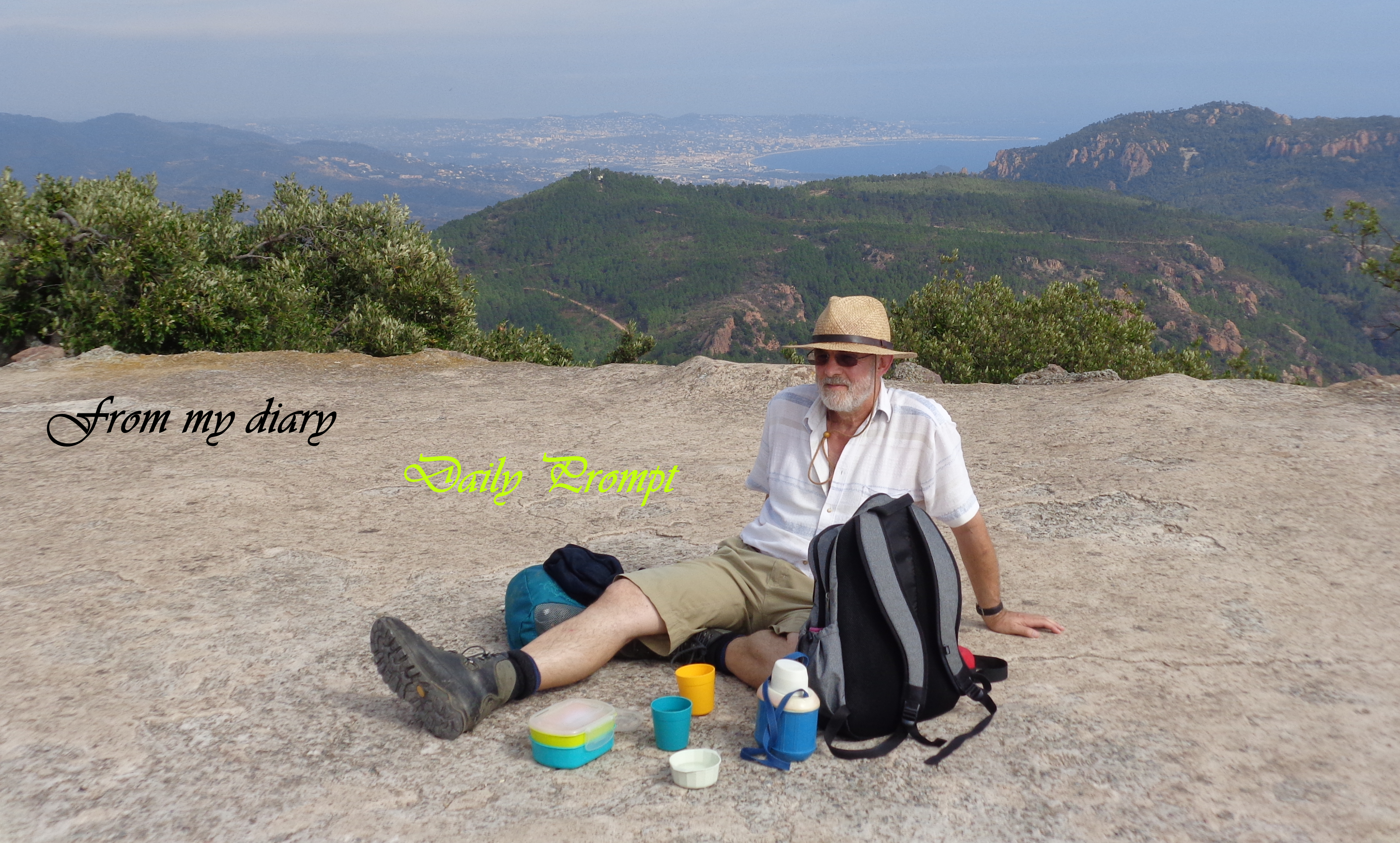



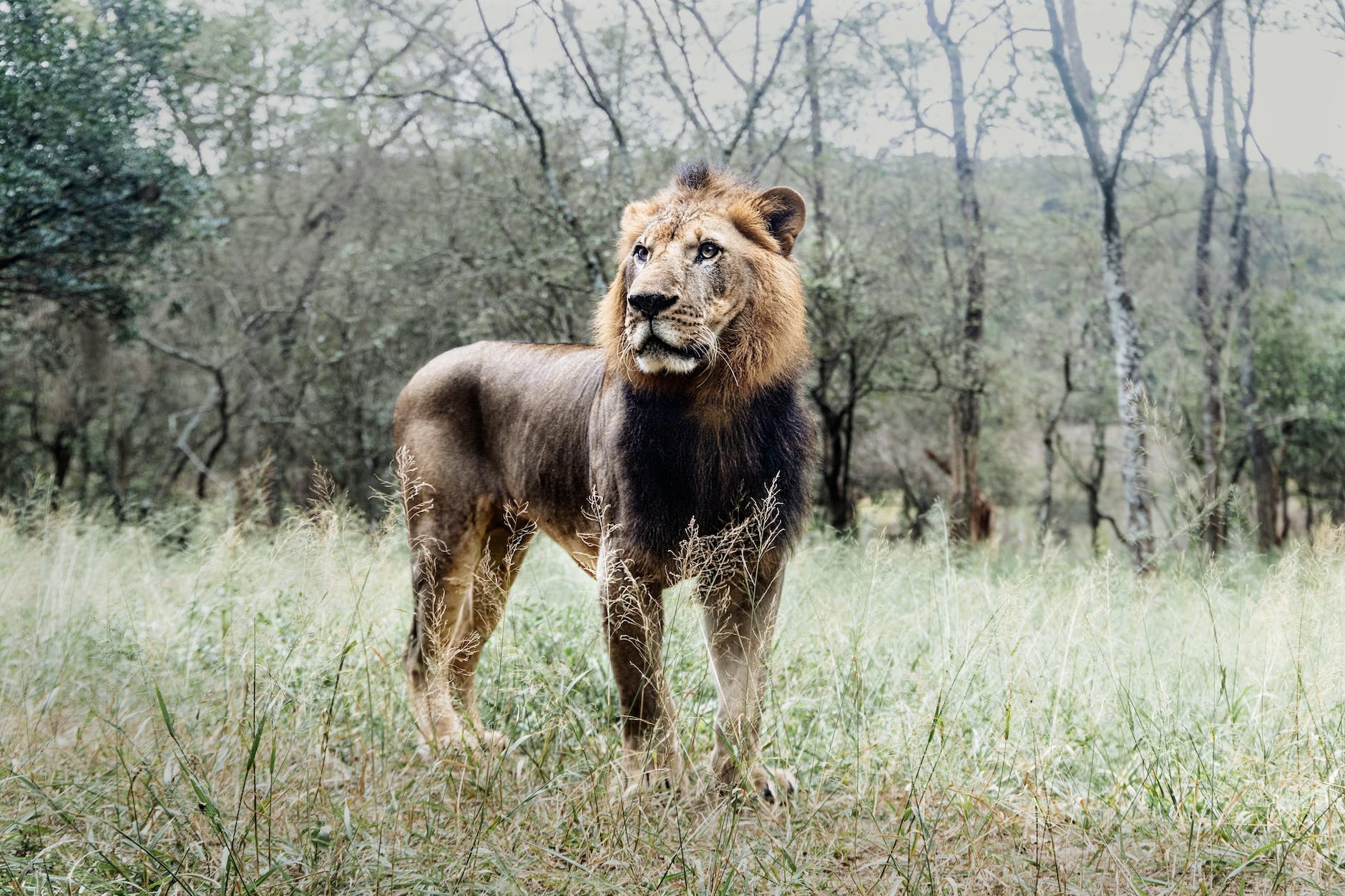
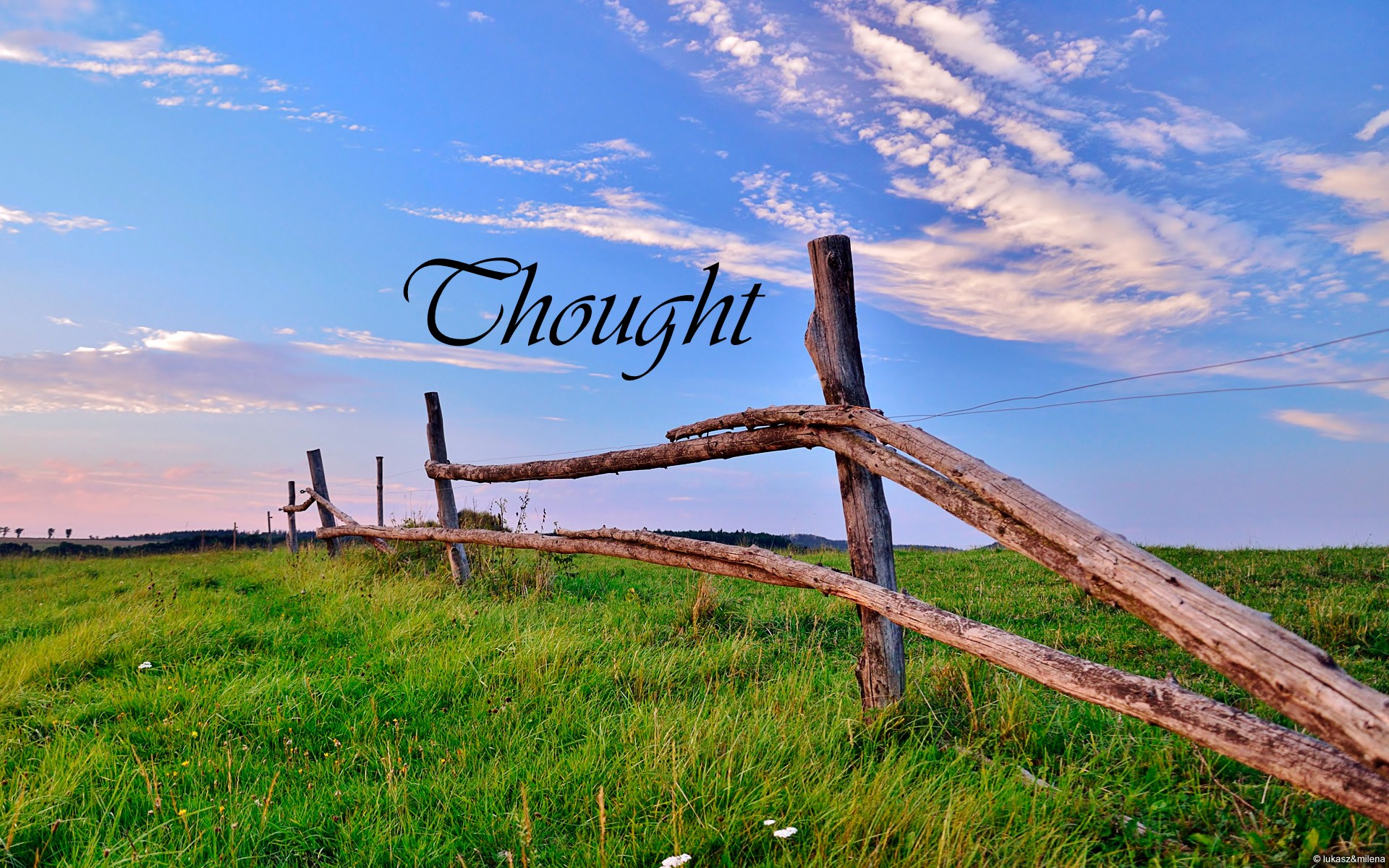
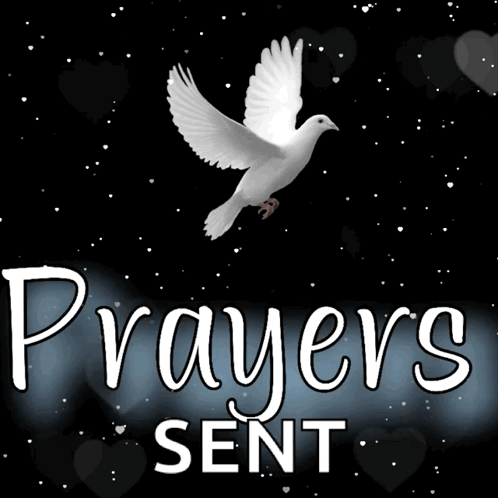

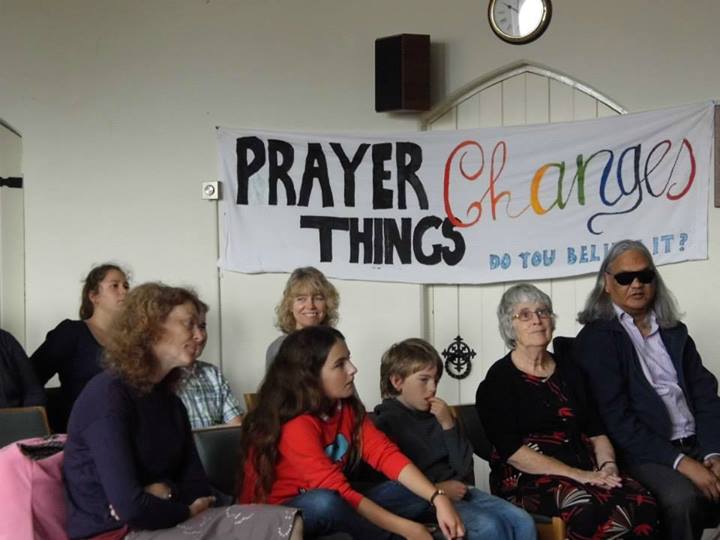

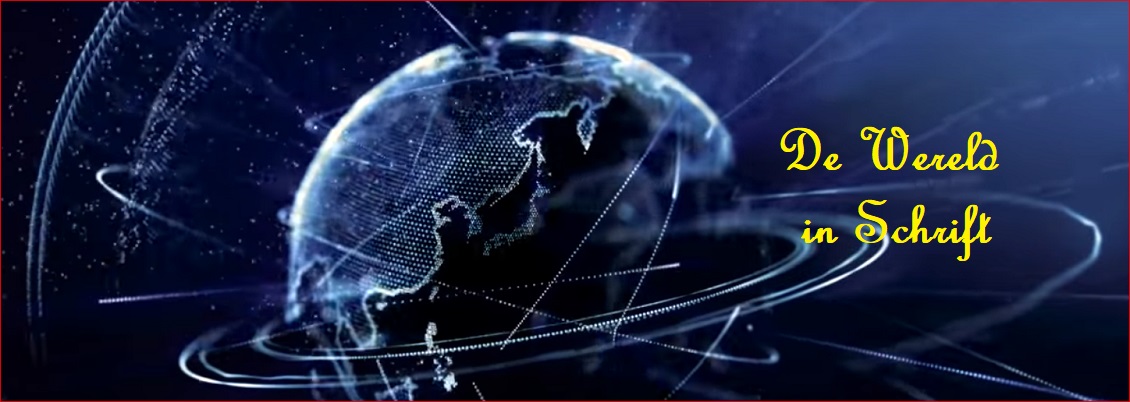






























Pingback: Most important weekend of the year 2016 | Belgian Biblestudents - Belgische Bijbelstudenten
Pingback: The Last Supper was a Passover meal | From guestwriters
Pingback: Counting Each Day – and Making them Count | From guestwriters
Pingback: Listening While the Matzah Breaks | From guestwriters
Pingback: Not everything has to be reciprocated with money | Marcus Ampe's Space
Pingback: Preparation for Passover – Belgian Ecclesia Brussel – Leuven
Pingback: The Love of God – Belgian Ecclesia Brussel – Leuven
Pingback: Today’s thought “How have I burdened you?” (December 08) – Belgian Ecclesia Brussel – Leuven